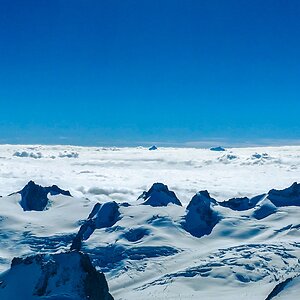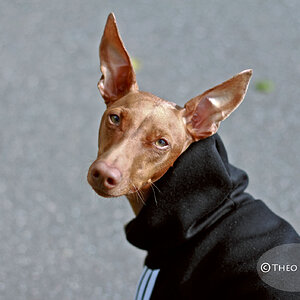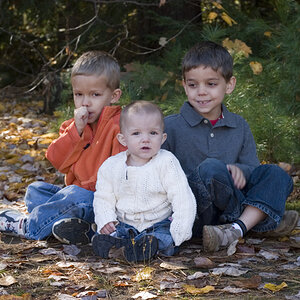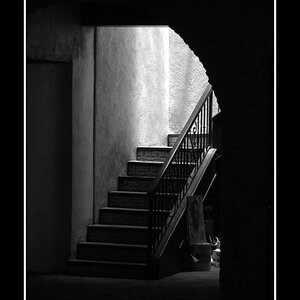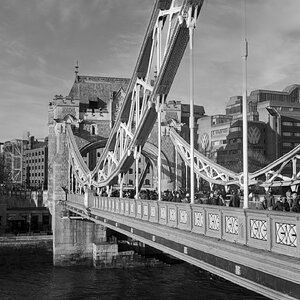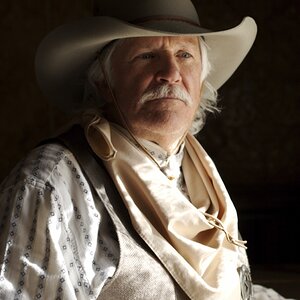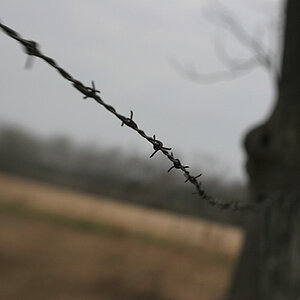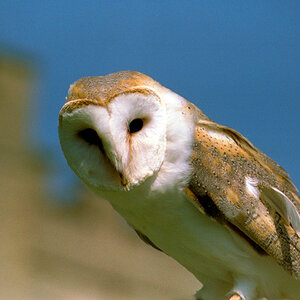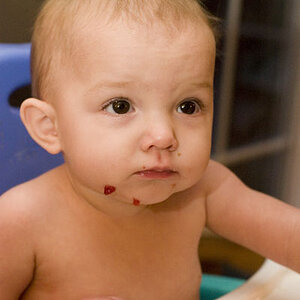I have a Nikon D50 with a 18-55, 55-200 and a 50mm 1.8F. I also have a SB600 for night shots.
Some of my pics come out good but allot don't. Allot of blurry or just blah. I am not talking about the content but the clarity.
Is there there a good book or lesson I can read/take?
I usually shoot in "P" mode.
Help please.
Some of my pics come out good but allot don't. Allot of blurry or just blah. I am not talking about the content but the clarity.
Is there there a good book or lesson I can read/take?
I usually shoot in "P" mode.
Help please.



